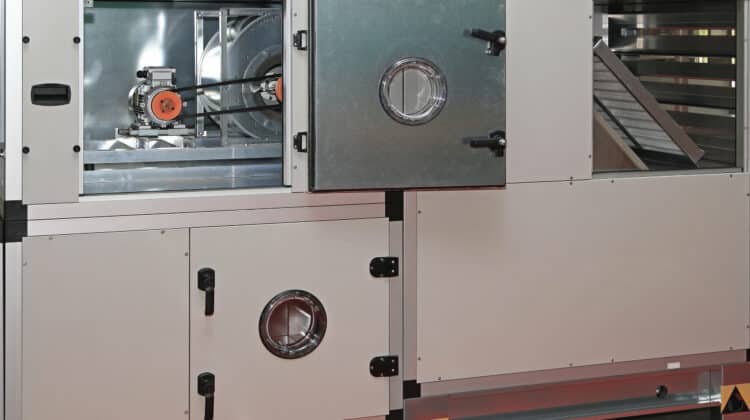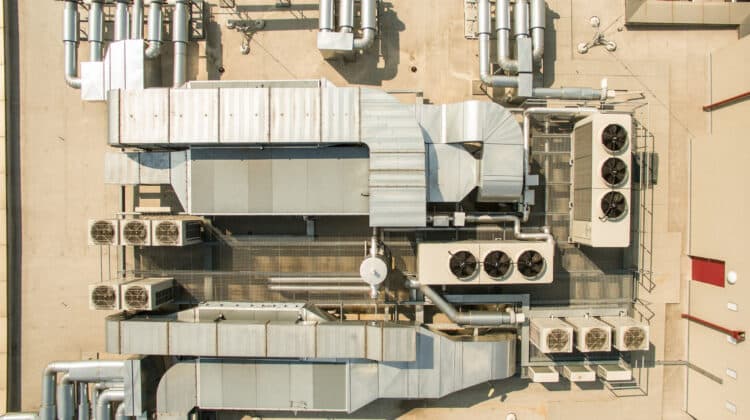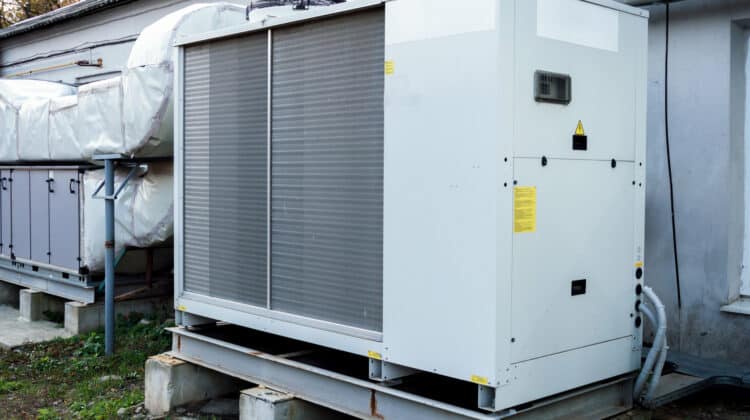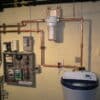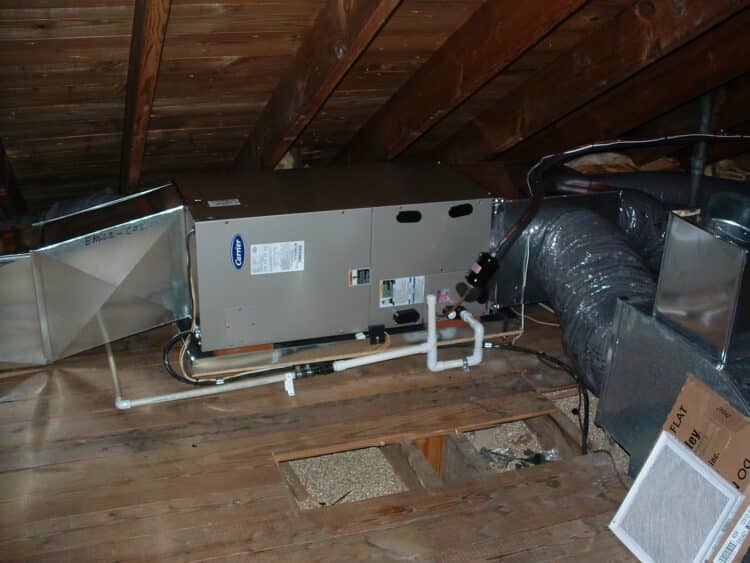
Anyone living in hot or high humidity areas most likely has an air handler.
Yet, not a lot of people can tell the difference between a furnace and an air handler; and a lot more have little to no clue of how air handlers work.
An informed homeowner is a wise homeowner. And, if you know how you appliances work, you will be better informed to pick the perfect replacement.
So, what are air handlers? And how do they work?
Table of Contents
What is an air handler?
Air handlers function almost the same way the human lungs do.
When paired with heating and cooling appliances, they manage the airflow in your home. Inside the air handler cabinet, there are indoor components of your HVAC system. Besides, you can fit in with other devices to improve the air quality of your home.
But, the air handler on its own cannot heat or cool your home’s air. Instead, it blows the air through an internal heat exchange or coil.
There, heat is either added or removed from the air.
Is an air handler the same as a furnace?
Although the two look similar on the outside, they are different appliances.
Yet, both are large cabinets that you can use to condition and circulate air flowing in your home.
Plus, an air handle lacks the heating components that furnaces have, such as burners. If you live in a hot humid area with harsh winters, your best chance of keeping sane is a central a/c and furnace set up.
In this case, you will be using the furnace’s blower in place of an air handler for you’re a/c system.
The components of an air handler
The constituents of the system will vary depending on where you live. Still, there are other components that you can find in the usual heat pump and a/c setups.
It includes;
A blower motor moves the air across the duct to flow all over the house.
Variable-speed motors track the changing conditions of the air in the home. That way, it can then adjust the output and provide more efficiency. Sometimes, others refer to it as an electronic commutated motor.
But, single and multi-speed motors can move the same amounts of air measured in cubic feet per minute.
The plenum connectors act as collection boxes. They connect supply ducts and return ducts all over the house to the air handler.
The supply ductworks convey conditioned air to vents of every room. That is after passing through the air handler and air filter for heating or cooling.
The return ductworks supply unconditioned air back into the system. It is for filtering and reconditioning.
Also, the air filters capture particulates from the air that come in. that way, it protects the other parts of the air handler from clogging.
What of the evaporator coil? The evaporator coil is a vital component in the a/c cycle. It either adds or removes heat energy in the indoor air depending on the condition.
The blower motors force air from the return ducts to pass through the coils. And then back out through the ductwork.
You may not find electric heat strips in all systems. All in all, these strips use electricity to create extra warmth whenever it gets too cold for comfort.
This component is popular in either a/c only system when temperatures get low.
How does it work?
Its components alternate between heating, cooling and improving the air quality.
But, its primary purpose is circulating air in the system.
There are many places you can install it. The unit connects to the rest of the home through a sequence of ductworks (both supply and return ducts).
These ventilation ducts recirculate the air in every single room of the house. For it to work well, you can pair it with a mini-split system, a heat pump, or an air conditioner.
For extra heat, you can equip it with a heating coil. If you have an outdoor unit, air handlers use refrigerant lines to connect the split systems.
The Bottom Line
Knowing how an air handler works can come in handy when you are looking for a replacement. It will also provide you with insight when you want to do a DIY installation.
Air handlers are essential in keeping your home cool (or warm) and comfortable.
